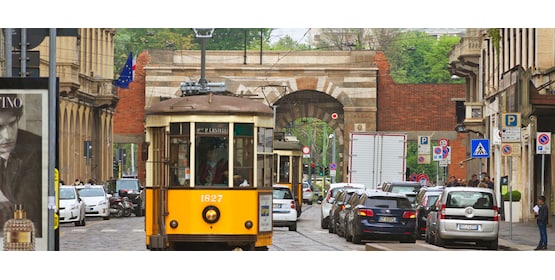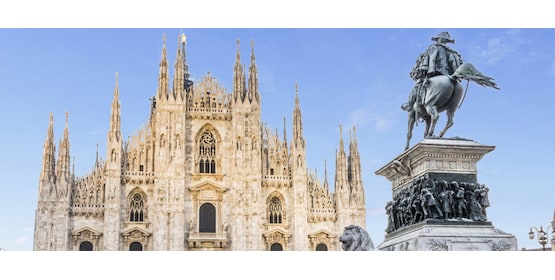A Brief History of La Scala
The Teatro alla Scala opened in August 1778 with a performance of Antonio Salierei's Europa riconosciuta. Constructed after a fire destroyed its predecessor, the Teatro Regio Ducale, and commissioned by Empress Maria Theresa, the La Scala theatre was built on the former site of its namesake church of Santa Maria alla Scala. With 3000 seats divided into the stalls, six tiers of boxes and two galleries, La Scala soon became the hot spot for Milanese nobility. Patrons seated in the galleries were known to heckle or cheer singers and performers depending on their prowess on stage or their failure to meet expectations. Gamblers frequented the opera and made it at times an unsavoury experience, as was discovered in 1840 by Mary Shelley, who noted that gamblers from the casino in the theatre's foyer would often continue their transactions in the stalls. La Scala was initially lit by over a thousand oil lamps, with hundreds of water-filled buckets kept on standby in case a fire broke out. All catastrophes were fortunately avoided, and the oil lighting gave way to gas lamps and eventually to electric lights in 1883. The building suffered damage during the Second World War but reopened just three years later. It then closed once more for refurbishment and reopened in 2004 with a performance of Salieri's very same Europa riconosciuta, which had not been performed isince the opening La Scala show in 1778. History is indeed proven to repeat itself.





































